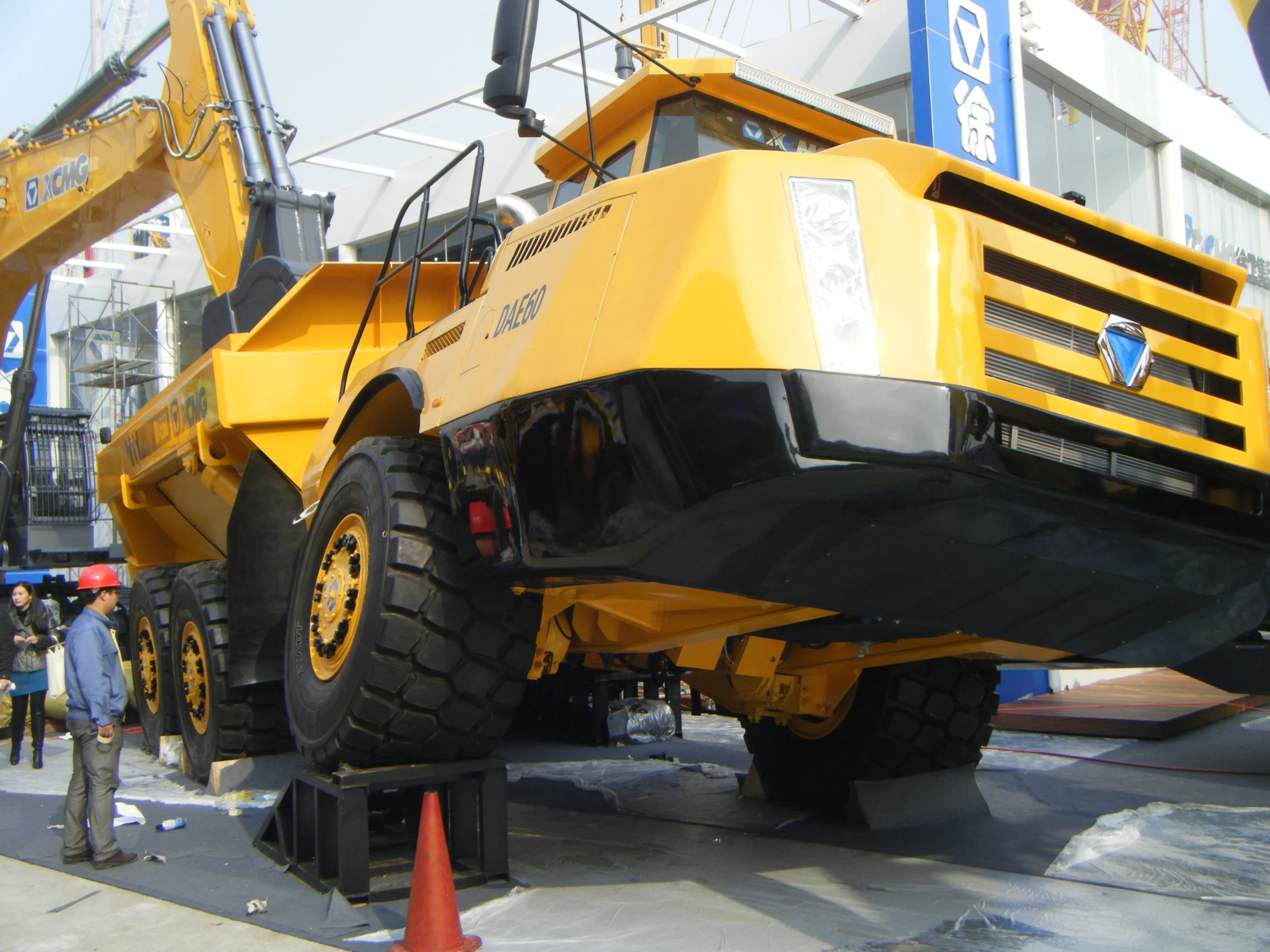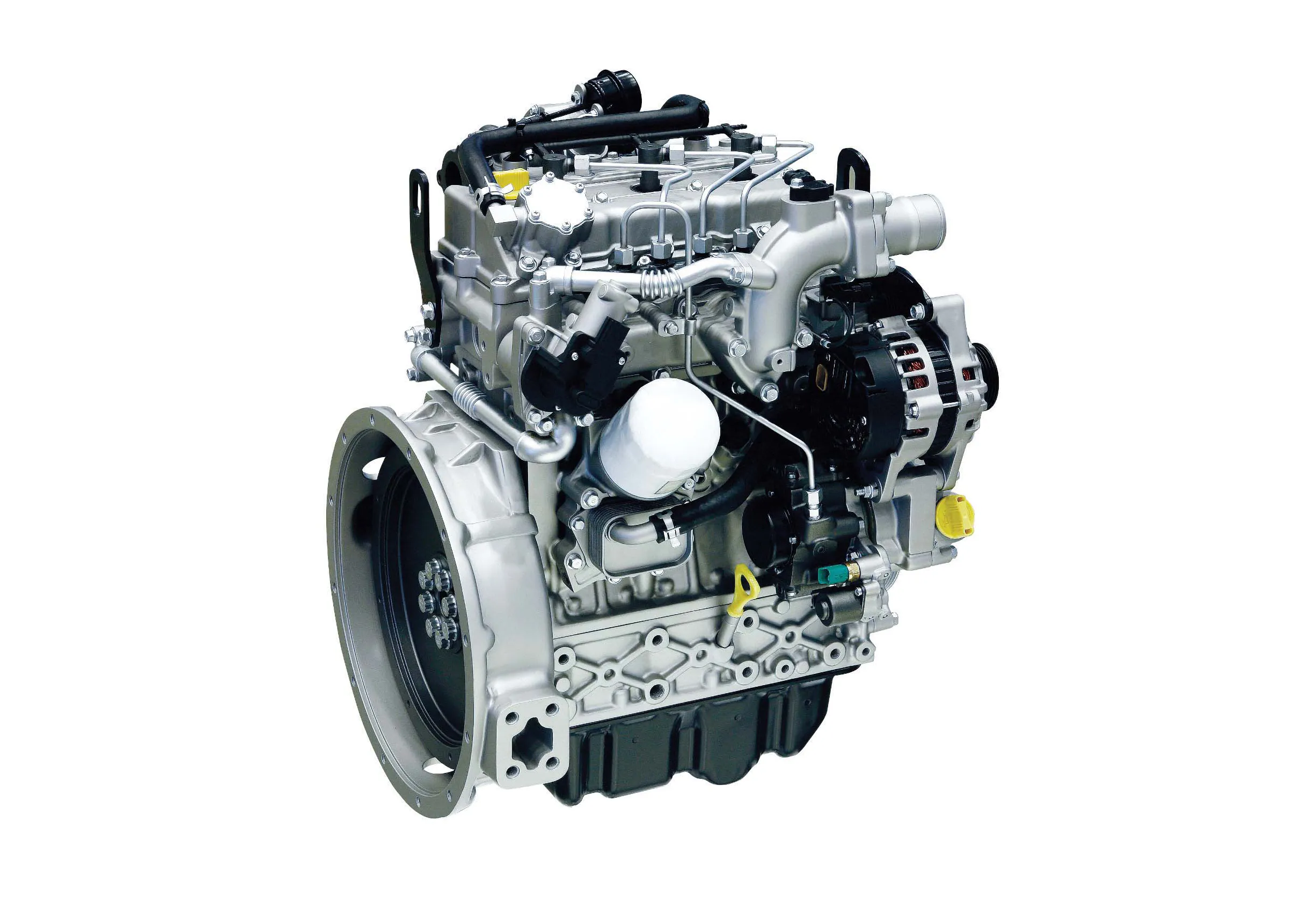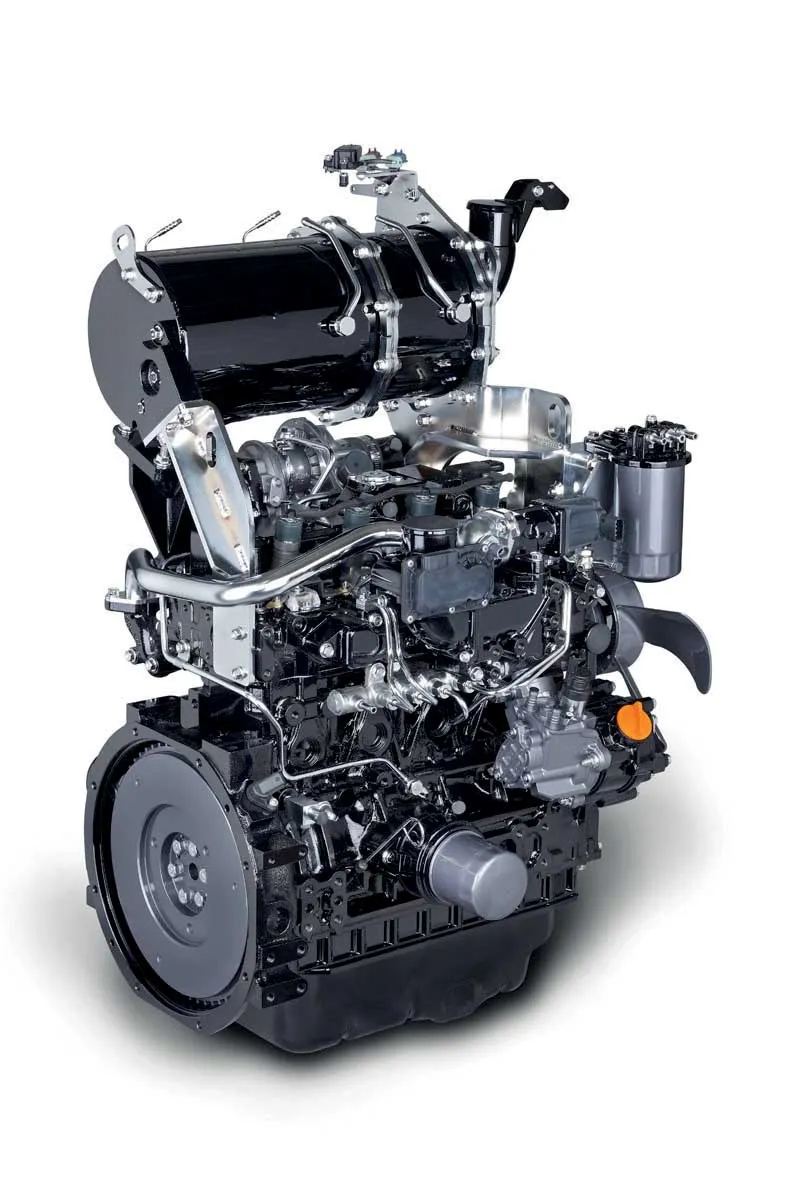
Its incredible versatility means that the articulated dumptruck (ADT) has become a popular piece of equipment for quarrying or earthmoving applications. For quarrying in particular, the machines are highly useful as they are able to cope with steeper ramp hauls and tougher terrain than rigid haulers offering similar payloads.
While ADTs typically have shorter working lives than rigid trucks, they sell strongly in the secondhand equipment market. Firms working shorter term contracts may prefer to opt for ADTs as these units can be readily traded on at the end of the agreed period. The rivalry in the ADT sector is tough, with a number of key players led by
It is of note that the ADT first attracted sales in Northern Europe, with the machines initially being constructed in Norway, Sweden and the UK. Other markets developed in Brazil, North America and South Africa, with machines then being manufactured in those territories also. More recently, Chinese manufacturers have started building ADTs, with BZK having taken the rights to the old Aveling Barford plans and having completely revamped the design, now also offered under the
As new emissions regulations have come into effect during this year for North America and Europe a series of new models have been developed, and Doosan and Terex Trucks have been the latest to offer upgraded machines. Doosan Construction Equipment has introduced new versions of its DA30 and DA40. The new Doosan models now meet Stage IV/Tier 4 Final regulations, as well as offering additional features and product improvements. According to the firm, gains have been made in load carrying performance, fuel efficiency, controllability and operator comfort. Other improvements include better reliability and durability as well as lower maintenance costs.
The machines retain the distinctive rear drive system as well as the location of the articulation hinge, both of which are said to offer notable benefits. The rear drive on a Doosan truck features a driveshaft to a single differential, with the wheels driven by gears in reinforced, pivoting casings that allow greater traction in poor ground conditions than is feasible in competing ADTs. With the articulation hinge located behind the turning ring, as well as a sloping rear chassis configuration, the stability and load distribution of the dumpbody are both said to be optimised.
The company claims high fuel efficiency due to the use of the latest Scania diesels, which feature selective catalytic reduction (SCR) and exhaust gas recirculation (ECR) to reduce emissions but do not require diesel particulate filter (DPF) technology to meet the latest Europe and US regulations. These engines drive through new ZF EP transmissions with eight forward and four reverse speeds and are said to be more efficient and help boost traction, while lowering the cost/tonne for users.
The DA30 is driven by a Scania DC9 diesel delivering 276kW, while the larger DA40 has the Scania DC13 rated at 368kW and both have sophisticated, electronically-controlled engine braking systems. Having a new grill with larger cooling vents, the new DA30 and DA40 ADTs both feature increased cooling capacities, allowing the trucks to be operated in temperatures as high as 60°C. Cycle times are said to be low as both trucks offer top speeds of 55km/h while the range of gear ratios is said to offer a good spread of performance that further optimises both acceleration and fuel efficiency. According to the company, trials with the trucks show that they can outperform some key rivals in terms of cycle times and load capacity. Having the front differential mounted directly onto the transmission also helps reduce the length of the machines, lowering the turning circle and improving manoeuvrability in tight spaces. The DA40 model now has its body capacity increased to 24.4m³ while the payload has been boosted to 40tonnes, an increase of over 15% from the earlier MT41 model.
Telematics technology has been fitted to the trucks with an optional tracking system designed specifically for use on the Doosan ADTs. This can provide users with information on payloads, fuel consumption and cycle times. Other new features include an upgraded display with an integrated gradient meter, changes to the displays and a new cab with increased comfort levels.
Meanwhile Terex Trucks is also offering new models that are powered by Scania diesels. As with the engines in the Doosan machines, this means that the new TA300 and TA400 trucks do not require a diesel particulate filter (DPF), reducing maintenance costs as well as helping optimise fuel consumption. Performance overall has been improved for the new models, with increased output and better cycle times.
The main improvements however are focussed on the power units as the new models from Terex Trucks meet the Tier 4 Final/Stage IV emissions requirements for North America and Europe. Key factors in the low emission performance are the use of selective catalytic reduction (SCR) combined and exhaust gas regeneration (EGR) technology.
The engines also have a variable geometry turbo (VGT), further optimising power delivery. The combination of EGR and SCR, plus a diesel oxidisation catalyst (DOC), increases the efficiency of the SCR process, allowing Terex to meet the demanding emissions regulations in North America. Another innovation introduced as an offshoot of the Tier 4/Stage IV technology is the CAN controlled engine exhaust brake. This offers better exhaust brake retardation as well as greater efficiency for the aftertreatment package. With improved engine braking comes better control on ramp descents and a greater level of machine safety overall.
Tailgate time
US dumpbody specialist Philippi Hagenbuch is offering customers the option of retrofitted tailgates for ADTs. The firm claims it can provide customers with its novel PHIL Autogate Tailgates within a 2-3 week timeslot and that these will fit most makes and variants of ADTs on the market. Using a tailgate can help boost material retention, cutting out the problem of spillage on haul roads.
This is particularly important for steep ramp hauls and increases efficiency, with an added bonus of reducing wear and tear on tyres. The firm offers a range of tailgates including standard capacity types as well as models that are built-up to work with sideboards for use with low density materials. Other options include fluidic seals for containing liquid materials, and cushion pads to soften the blow from bouncing when machines are operating on rocky and uneven haul roads.








